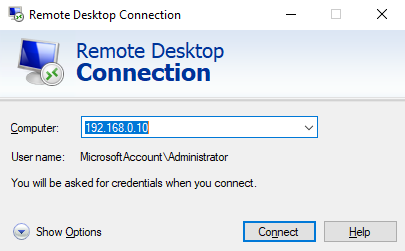RDP: It’s Putting You and Your Clients at Risk

RDP: It’s Putting You and Your Clients at Risk
No one wakes up thinking “today’s the day I’m going to be hacked.”
However, many businesses use a software named Remote Desktop to provide network access for remote employees over the Internet. But by granting such access, these businesses have made a big mistake and it is much more likely they’ll be targeted and hacked.
What Is Remote Desktop?
The Remote Desktop Protocol (aka RDP) it’s a software that allows remote access to a computer in the same way you control your own local computer.
So, what’s the problem?
Criminals, who are aware of the valuable information in company X are very interested to remotely access that data. They are so interested that they have programmed their own software’s that continually try to gain access to the remote system.
How they work?
Once a company is targeted, it is often very easy to overcome the password protections. The biggest reason is because the company uses only one factor to protect from attacks: the password itself. In the absence of a multifactor authentication mechanism such as SMS/call/token, the hacker can guess a user’s password much more easily. With computer systems now days being powerful the whole process can take from minutes to couple of hours.
And now what?
For start, a decision might be to prohibit access to Remote Desktop over the Internet. Another way is to restricted access to RDP only through VPN and only to specific users. Additionally, we can use a multifactor authentication mechanism, there are several solutions to secure remote access to our systems we just need to investigate and educate ourselves on how to implement best practices.

